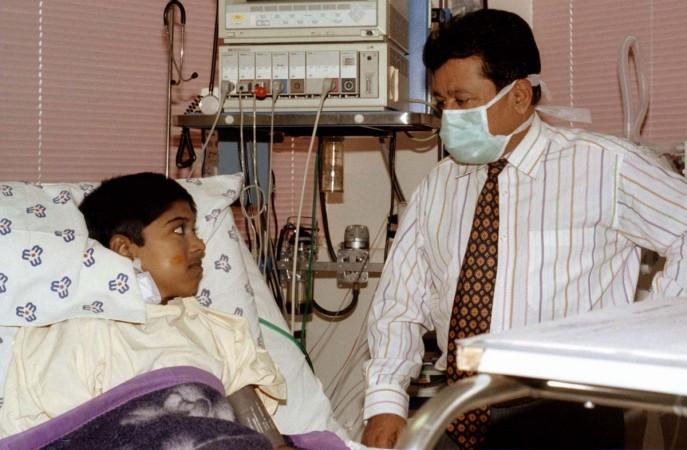
The burden of non-communicable diseases (NCDs), such as cardiovascular diseases (CVD) or heart diseases, diabetes and cancer, would cost India a whopping $6.2 trillion during the period 2012-2030, according to the Global report on Urban Health released by the United Nations and the World Health Organization (WHO).
CVD and cancer are now among the two leading causes of deaths in urban India. The poor population living in urban areas is also affected by the NCDs, with India's urban slum population reporting a higher prevalence of such diseases than the country's national average. The WHO said 30.9 percent of India's population lived in urban areas in 2010 and nearly 104.7 million people lived in urban slums.
According to the report, the economic burden of various NCDs on China would be $27.8 trillion during the period 2012-2030.
The main reason cited in the report for the increase in NCDs is rapid urbanisation, since the city environment is conducive to the development of such diseases. The urban food environment, the spatial layout of the city, transportation systems, housing and neighbourhood conditions and safety, all play a role in shaping the urban NCD burden.
Emphasis was laid in the report on the fact that the efforts undertaken by health department officials in various countries would not be enough to tackle NCDs. The local government should implement the WHO guidelines on advertising restrictions, taxation and public information related to NCDs.
Local governments often exercise policy and legislative control over many of these strategies, such as smoke-free legislation and taxation of alcohol, the WHO-UN report added. It stressed that the governments should also improve the physical environment in cities, including housing, sidewalks, parks and roads that could be safer and healthier for all.

















